During our China unit we study the panda bear and learn a bit about it's life cycle. The children love seeing the newborn panda photos – so pink and appears hairless! I think it is important to have the children create the habitat of the animal we are studying. It brings multiple sensory learning which gives ownership to the knowledge they have. It is also a great demonstration of what they have learned. Finally, it gives a tool of conversation at home – that they can show the family and tell them what they have learned!
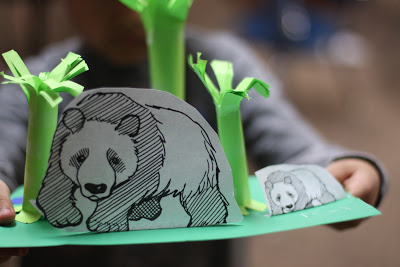 |
| A finished Panda Bear habitat! |
What you will need: green cardstock for the base, bright green copy paper for the bamboo trees (8 1/2″ by 11″ cut in half), blue paper for water, and black line images of panda bears (I googled for images).
Step One: Roll the bright green paper to form a tube. Secure with tape.
Step Two: Make tabs to glue the tube down. Cut fringe-like cut at the top to give a tree look.
Step Three: Secure the tree down by applying the glue to the bottom of the tabs. You can also tape the tabs.
Step Four: Press the tabs to bond to glue to the base.
Step Five: Panda Bears live in a forest of bamboo trees. Make lots of trees!!
Fun fact: Panda Bears eat bamboo and can spend over 10 hours a day eating! Quick! Make more trees!
Step Six: Add water or any other details you would like! Cut out a family of panda bears. Done!


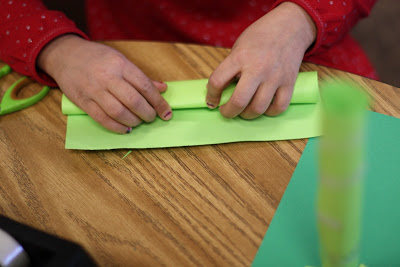
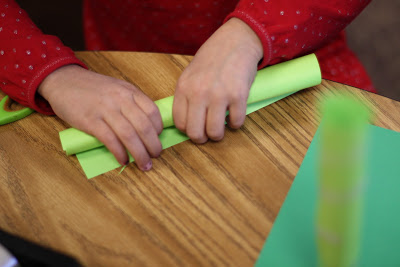
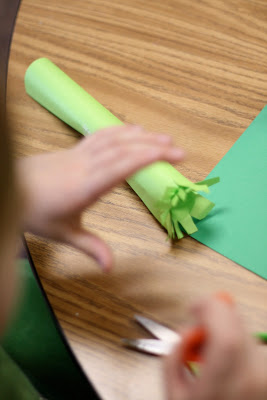

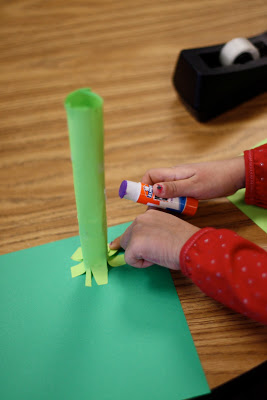
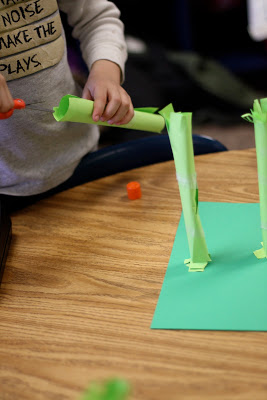

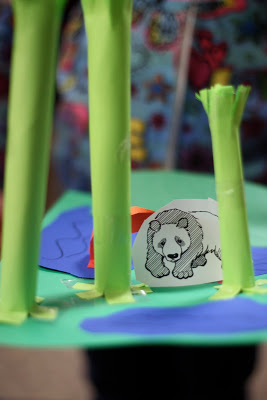


How cute!
This is adorable…so easy too.. my kids would love it especially when I run out of patience.
Wow.. .what a great idea! i was searching for things to do in relation to the chinese new year and this is just in time!